GeForce 8800 series round-up
February 20, 2007 | 15:51

Quake 4
Publisher: ActivisionWe used the full retail version of Quake 4 patched to version 1.3.0. It is the fourth game in the Quake series, based on the technically sound Doom 3 engine. However, unlike Doom 3, we found that the game benefits from at least 2x anti-aliasing, and the experience with anti-aliasing at a slightly lower resolution was better than increasing the resolution with no AA applied.
Both anti-aliasing and anisotropic filtering were controlled from inside the game. When you select "High Quality" mode, 4xAF is automatically enabled, and when the "Ultra Quality" mode is enabled, 8xAF is automatically applied to the scene.
We used a custom-recorded demo from a section that represents fairly typical performance throughout the rest of the game. We set the in-game details to high quality and left Vsync disabled. Both anti-aliasing and anisotropic filtering were controlled inside the game using console commands. Anti-aliasing was adjusted using the "r_multisamples" cvar, while anisotropic filtering values were set using "image_anisotropy".


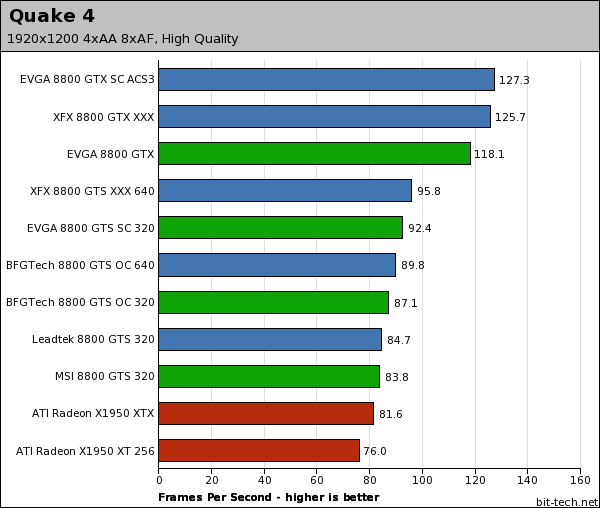
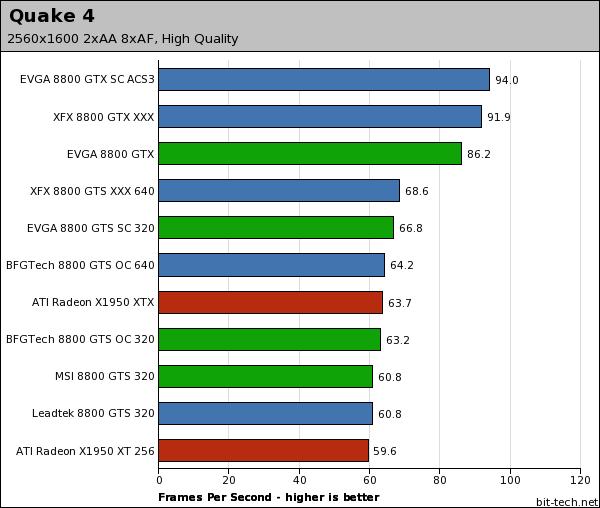
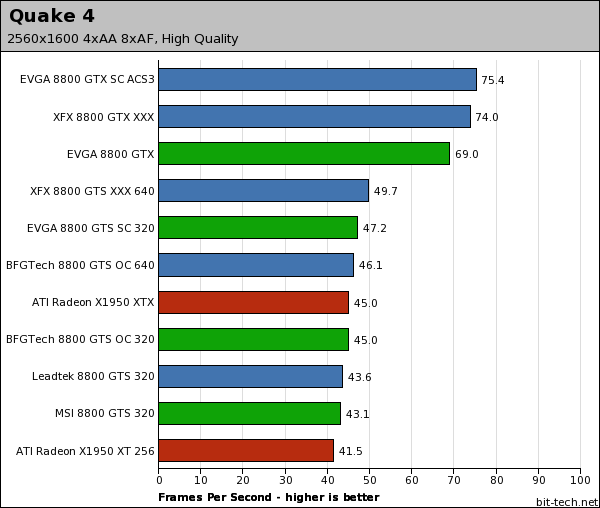
The increased shader clock on XFX's card made it the fastest GeForce 8800 GTS of the bunch. However, because there is virtually no image quality difference between high quality and ultra quality in Quake 4 - especially when you can control anisotropic filtering via the control panel too - it makes next to no sense to use it. Thus, you'll get a similar gaming experience from the 320MB and 640MB GeForce 8800 GTS video cards - this is why EVGA's Superclocked 8800 GTS 320MB card is faster than BFGTech's 640MB GTS OC.

MSI MPG Velox 100R Chassis Review
October 14 2021 | 15:04

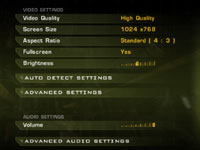
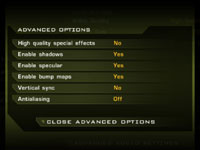







Want to comment? Please log in.